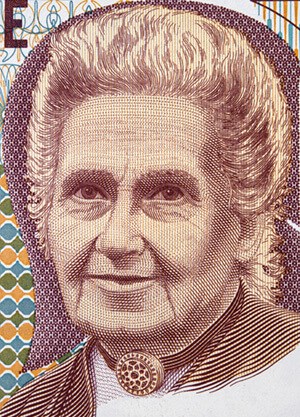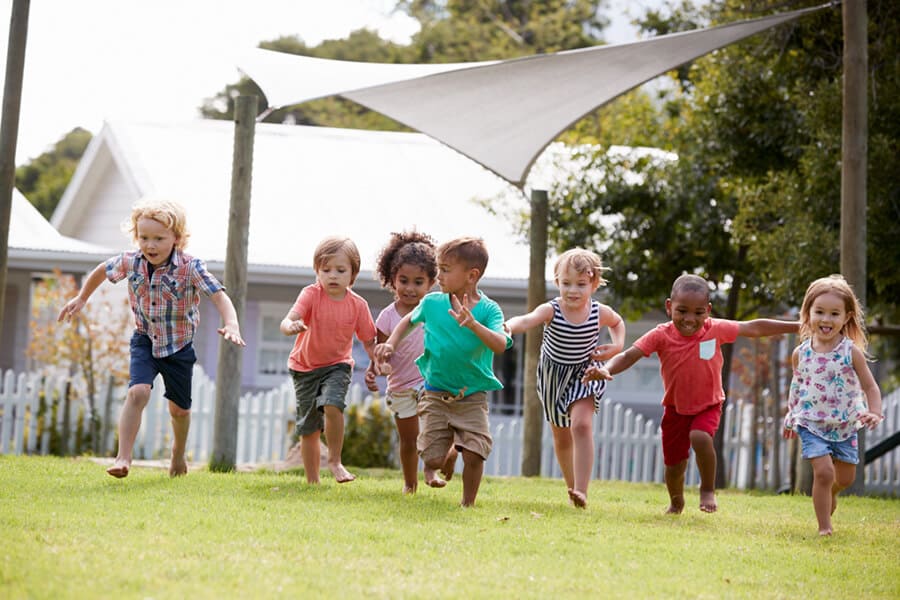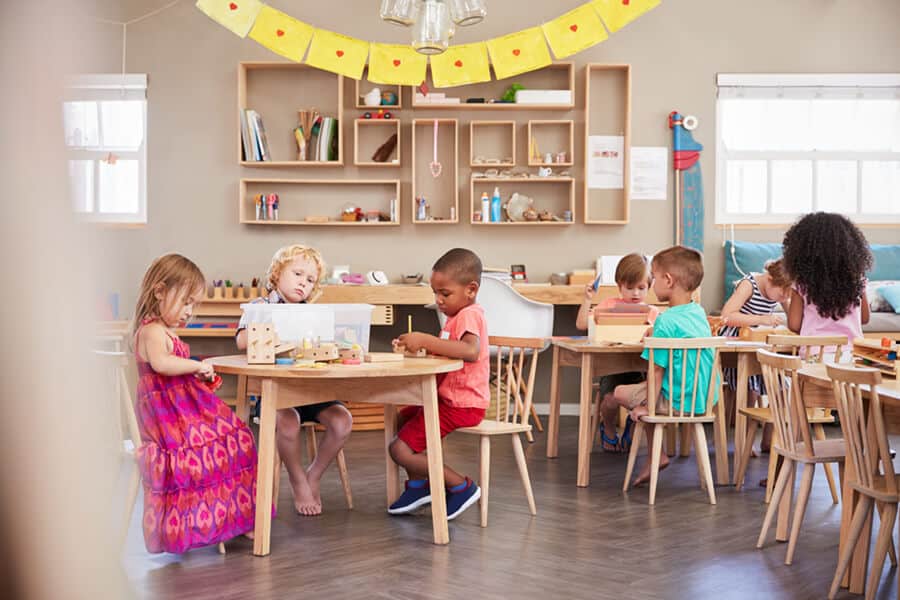Did you know that Jeff Bezos went to a Montessori school? And not just that, he recently announced that he will launch a network of free Montessori inspired schools. Anne Frank was also a Montessori pursuant, Larry Page and Sergey Brin – founders of Google were too. Doesn’t this make you curious enough to want to know what Montessori is all about?
Before we continue to reveal what Montessori schools are all about, we owe a few lines to Maria Montessori, the Italian physician, innovator, and educator, who opened the first Montessori school in Rome, in 1907. Her method of education was rather unique, because she believed that children were able to learn naturally, and even more, that they are capable of initiating learning in a sufficiently supportive and well-prepared learning environment.

According to Mrs Montessori, teaching should be child-focused, allowing them to choose what they want to study, based on their own needs, curiosity and independent knowledge. The Montessori approach is pretty much different than some conventional measures of achievement, even throwing shade at the elements that these conventional schools use, such as grades and tests.
Montessori developed her theories in the early 1900s through scientific experimentation with her students; and the method has been used ever since in many parts of the world, both in public and private schools.
Generally speaking, there are different teaching practices that go by the name ‘Montessori’. Although they may differ in some things, the Association Montessori Internationale (AMI) and the American Montessori Society (AMS) cite these elements as essential of every Montessori school:
- Mixed-age classrooms: classrooms for children ages 2 1⁄2or 3 to 6 years old are by far the most common, but 0–3, 6–9, 9–12, 12–15, and 15–18-year-old classrooms exist as well.
- Student choice of activity from within a prescribed range of options.
- Uninterrupted blocks of work time, ideally three hours.
- A ‘discovery’ model, where students learn concepts from working with materials rather than by direct instruction.
- Specialized educational materials developed by Montessori and her collaborators often made out of natural, aesthetic materials such as wood rather than plastic.
- Thoughtfully prepared environments where materials are organized by subject area, within reach of the child, and are appropriate in size.
- Freedom within limits.
- A trained Montessori teacher, who follows the child, and is highly experienced in observing the individual’s characteristics, tendencies, innate talents, and abilities.
The Montessori Theory
What we know is that Montessori education is fundamentally a model of human development and an educational approach based on that model, based on two basic principles.

The first one consists in the fact that children and developing adults engage in psychological self-construction if they interact with their surrounding and their environments. Whereas the second principle emphasizes that children, especially under the age of six, have an innate path of psychological development. Based on her observations, Montessori believed that children who are at liberty to choose and act freely within an environment prepared according to her model would act spontaneously for optimal development.
Montessori observed and noted universal, innate characteristics in human psychology, which were later on identified as “human tendencies” by her her son and collaborator Mario Montessori in 1957. The following are some of these clearly identified tendencies from the book of Mario Montessori, Montessori, ‘The Human Tendencies and Montessori Education’ (1966), although there is a certain debate to the whole list:
- Abstraction
- Activity
- Communication
- Exactness
- Exploration
- Manipulation (of the environment)
- Order
- Orientation
- Repetition
- Self-Perfection
- Work (also described as “purposeful activity”
The Montessori theory of education is actually rooted in a great cause, from years and years of observations. As Maria Montessori developed her theory and practice through allowing children to develop according to their instincts, she came to believe that this education methodology would have a great role to play in the development of world peace.
She felt that when children are allowed to follow their inner pace and rules of development the output would be that they will add these values to a more peaceful and enduring civilization. She would even engage in a number of lectures on the subject, from the 1930s to the end of her life.
“Preventing conflicts is the work of politics; establishing peace is the work of education.” Montessori, Maria (1992). Education and Peace, Oxford
So why give these schools a shot?

The pros of Montessori schools are much discussed and very pleasing. You won’t see any sign of the traditional teaching methods, as teachers move from one group to another and classrooms are large, giving the students plenty of space and room for interaction. Montessori classrooms are specifically famous for their aesthetics, with plenty of natural light.
This is somewhat explained more largely in a Rasmussen article, on Montessori schools, that gathers thoughts of Montessori educators on these classrooms:
“Creating a beautiful and accessible environment is of paramount importance, as children direct their own learning with the help of meticulously designed learning aids. These materials lead young learners to the understanding of complex vocabulary and the discovery of abstract ideas through the hands-on use of concrete objects fashioned for just such a purpose,” says Karen Ricks, founder of an international Montessori school in Japan.
These beautiful classrooms are filled with children of different ages, as Montessori schools believe that mixed-age classrooms will allow the children to learn more from one another, through acceptance, growth and inclusion. They believe learning comes more naturally when it occurs through peer-to-peer learning.
The philosophy of Montessori schools revolves around cultivating a love for learning. “I think the biggest long-term impact I have seen is that Montessorians remain perpetually curious about the people and the world around them, seeing learning as an enjoyable lifelong process rather than a burden that ends when a school bell rings,” says Karen Ricks for Rassmusen.
Finally, the Montessori schools encourage a high level of independence, believing that Montessori students are prone to become successful entrepreneurs. That’s because they’re in charge of their learning process, which sees them gain a sense of confidence and independence throughout their development. These characteristics pay off big time in the future, while striving for a successful career.
There are plenty of reasons that people recommend Montessori education, and they all consist on this amazing level of freedom that children have within this system. However, in this column we always repeat the fact that not all children are the same, and to some – this freedom may be confusing. But luckily, you have plenty of alternative education methodologies to consider in our modern world.
Photos: Shutterstock
Interested in different ways to educate? Read this article on how Finland changed their system for the better.
Support us!
All your donations will be used to pay the magazine’s journalists and to support the ongoing costs of maintaining the site.
Share this post
Interested in co-operating with us?
We are open to co-operation from writers and businesses alike. You can reach us on our email at [email protected]/[email protected] and we will get back to you as quick as we can.









